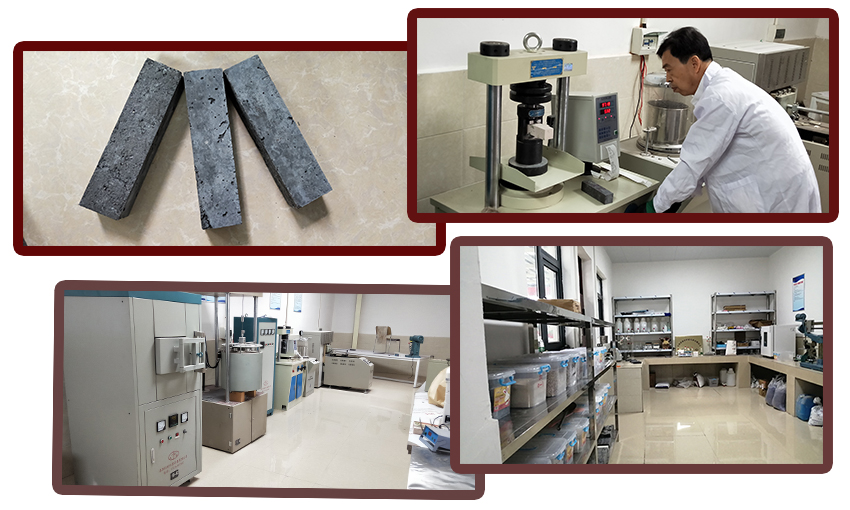Method for Detecting Refractory Castable
Refractory castables are used in a wide variety and variety of amorphous refractory materials, which can be delivered in bulk or can be poured into prefabricated parts for delivery. For refractory castables delivered in bulk, the test specimens of the specified size are usually prepared according to the amount of water added in the laboratory according to the application, and the performance test is carried out according to the prescribed curing method, and for the preforms, usually according to the shaped products. The sample preparation method was carried out on the sample.
Unlike styling products, refractory castables should generally be tested for fluidity and burst resistance. Other test items include bulk density, flexural strength and compressive strength, and line rate of change.
Fluidity is a measure of the fluidity of a refractory castable with the addition of water or other liquid binder under its own weight and external forces.
Anti-burst means that the refractory castable is resistant to the inability to discharge in time due to the intrinsic gas generated during the rapid heating process.
Method for Determining Apparent Porosity and Bulk Density
1. Measuring method, weighing the dry quality of the sample, measuring the length, width and height of the sample, calculating the volume, the mass of the drying divided by the volume.
2. Line change rate, line change rate refers to the irreversible change in the length of the sample after drying or firing relative to the length after demolding, expressed as a percentage. When the sample is fired, the sample molding surface is used as the bottom surface, and placed on the mat brick, and placed in the heating furnace uniform temperature zone.
Flexural Strength and Compressive Strength
As with shaped refractory products, the flexural strength of refractory castables is determined by applying a tensile stress to a sample of a specified size at a specified loading rate on a three-point bending device until the sample breaks.



